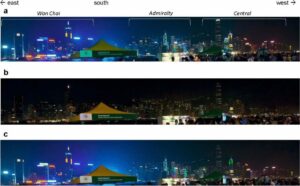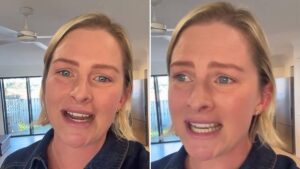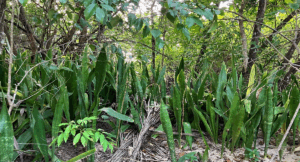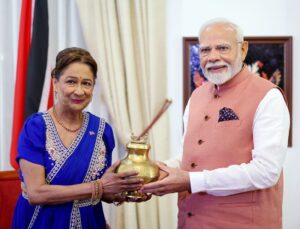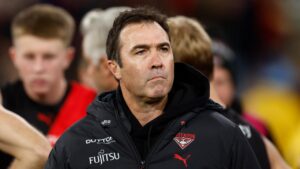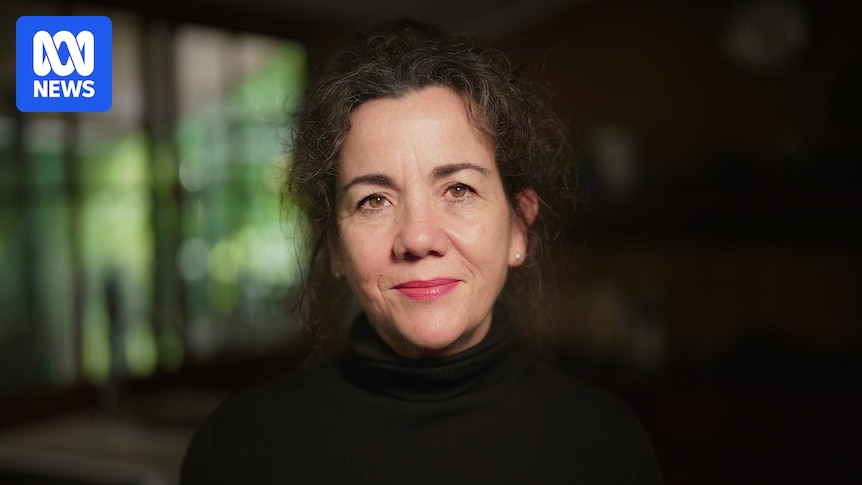
Nicole Ives was preparing to leave the hospital after an operation to remove her infected appendix when an unexpected discovery was made. An abdominal scan in October 2021 revealed a lump in her right lung.
“And there was a high probability that it was lung cancer,” Ms. Ives recounted. The timing was both devastating and fortuitous. Just seven months prior, the Queenslander had lost her husband, Michael, to oesophageal cancer, leaving their three teenage children without a father. Another cancer diagnosis seemed unbearable.
“I was very averse to even saying the word cancer to anyone in my family, especially my children,” she said. Despite being exposed to cigarette smoke in the 1970s and ’80s, as a non-smoker herself, the diagnosis was a shock. “Because they [health authorities] did such a great job educating us about lung cancer and smoking, for someone like me, who never smoked, I probably wouldn’t have thought myself vulnerable in any way,” the 57-year-old explained.
Early Detection: A Lifesaver
Nicole Ives’ experience underscores the critical importance of early detection. Her medical team monitored the mass until changes were noticed on scans last year, prompting her surgeon to remove a wedge of lung containing the tumor.
“It just blows my mind that I had that surgery and with clear margins, and that I haven’t had to go through chemotherapy or anything else,” the primary school teacher stated. Ms. Ives had no symptoms when the scan first detected her early-stage cancer.
The Global Lung Cancer Challenge
Thoracic physician Dr. Kwun Fong highlighted that lung cancer is the leading cause of cancer deaths in Australia and globally. Approximately 9,000 Australians succumb to the disease each year.
“The reason why it’s got such a poor outcome is because when we detect it, usually it’s at a very late stage where cure is no longer possible and that’s because the lungs are an internal organ,” Dr. Fong said.
Dr. Fong, who has been conducting lung cancer screening trials for the past decade, noted that smoking is the primary risk factor, but other contributors include air pollution, diesel fumes, asbestos exposure, and genetic predisposition. “In women who’ve developed lung cancer, about a third of women do not have a history of smoking,” he added.
Expanding Screening Trials
For the past decade, Dr. Fong has been leading trials to evaluate the benefits of screening specific groups for lung cancer. The latest phase will include 3,000 participants from across Australia, divided into three groups: never or light smokers, Aboriginal and Torres Strait Islander people, and current or former smokers.
Participants will undergo a low-dose chest CT scan to check for early signs of lung cancer. Senior health worker Mark Dorante encouraged eligible Indigenous Australians to participate, citing higher risks among the community. “We are twice as likely to develop and die from lung cancer than non-Indigenous Australians,” Mr. Dorante said.
National Lung Cancer Screening Program
Dr. Fong emphasized that the research aims to provide evidence to “tweak and improve” the newly launched National Lung Cancer Screening Program for heavy current or former smokers aged between 50 and 70 years old. The program is expected to save 12,000 lives over the next decade.
“We’re very fortunate, we’re one of the few countries where this national program will be rolled out,” he said.
However, not everyone qualifies for the program. Dr. Fong’s latest trial seeks to “advance the knowledge by finding out who else will benefit [from checks]”. Firefighters, for instance, face significant exposure to cancer-causing smoke, prompting calls for their inclusion.
Justin Choveaux, General Manager of the Rural Fire Brigades Association Queensland, advocates for free lung cancer screening for all firefighters. “My suggestion and my hope would be that all firefighters, whether you be full-time, part-time or volunteer, would be able to access free screening,” Mr. Choveaux said.
Balancing Benefits and Risks
While screening programs have potential downsides, such as false positives and radiation exposure from scans, Dr. Fong’s trial aims to ensure that the benefits outweigh the risks. The trial is expected to take up to three years to complete.
“[We] have to make sure that the benefits outweigh the harms and it’s affordable and can be feasible and practical in our health care system,” Dr. Fong stated.
A spokesperson for the federal Department of Health confirmed that the National Lung Cancer Screening Program (NLCSP) is “underpinned by strong clinical evidence”. The program will undergo a comprehensive evaluation after two years to ensure it remains responsive and evidence-based, which may include changes to the eligibility criteria.
Individuals concerned about lung cancer are encouraged to consult their healthcare provider rather than wait for screening.
Today, Nicole Ives focuses on her “strong” and “pragmatic” children, her kayaking adventures, and her lifelong love of art. She’s “overwhelmed” by the quality of healthcare she received and maintains a positive outlook, a perspective she shared with her late husband, Michael.
“He and I understood very well that the only thing you have is your attitude and the way that you think about things,” Ms. Ives reflected.

